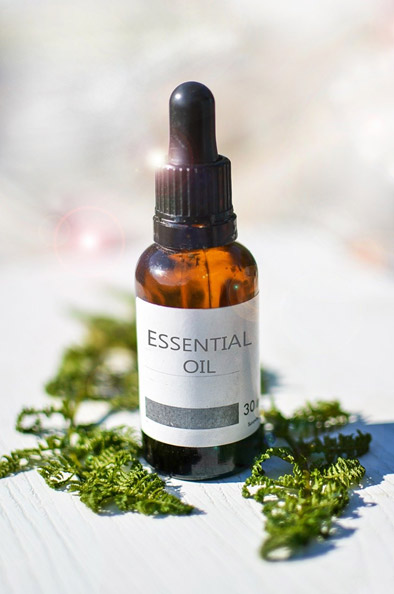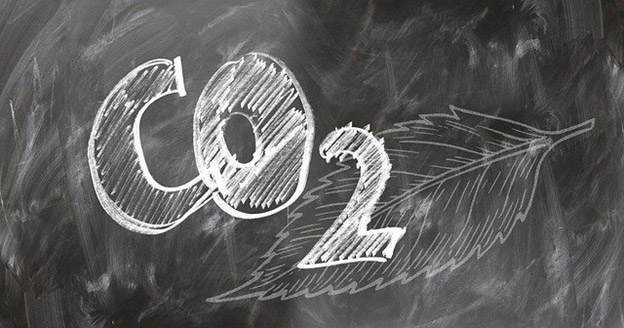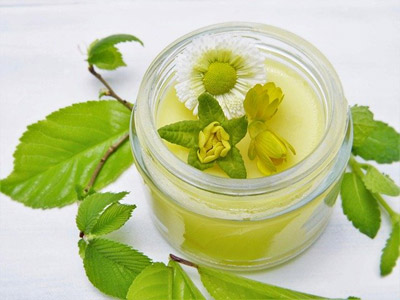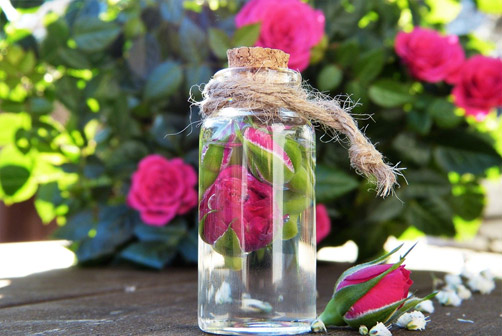If you’re wondering how to make essential oil, you’ll need to learn about the process of extraction. Extraction means removing active botanical constituents from a plant. The active botanical constituents are in a sense, the plant in liquid form. The liquid form of the plant is what delivers the beneficial compounds of it.
If you’re wondering how to make essential oil, you’ll need to learn about the process of extraction. Extraction means removing active botanical constituents from a plant. The active botanical constituents are in a sense, the plant in liquid form. The liquid form of the plant is what delivers the beneficial compounds of it.
How to Distill Lavender with Steam Distillation

Steal distillation extracts and isolates essential oils from plants. The steam from the plant’s material escapes, becomes condensation and then it can be collected. The process of steam distillation is:
Essential oil stills are made of stainless steel. Plant material, like lavender, is placed inside of the still. An inlet injects steam into the plant material and that releases the plant’s aromatic molecules, which turns them into vapor. The vapor travels to a condensation flask, which is called a Condenser. Two pipes allow hot water to exit and the cold water enters the Condenser. The vapor cools and turns into liquid.
The liquid drips from the Condenser into a receptacle (Separator). The oil rises to the top of the water, and then it is siphoned off of it.
Solvent Extraction for Essential Oil
The solvent extraction method can be used to make hexane and ethanol. It’s better for plants that don’t produce a lot of essential oil and can’t withstand the pressure of the steam distillation. This type of extraction produces a finer fragrance than the distillation method.
Plant material is treated with the solvent. This produces a waxy aromatic compound, which is called “concrete”. The concrete substance mixes with alcohol and the oils are released into it. This is how perfumes are made and other aromatherapy products.
CO2 Extraction

Essential oils can be made with CO2 extraction. This is similar to distillation, but the oils are used in perfumes and aromatherapy products like in the solvent extraction method. CO2 extraction produces higher quality oils than steam distillation because it’s not placed under extreme temperatures, pressures, and long lengths of time. Instead of steam CO2 extraction uses a solvent. The temperature also stays around 95 to 100 degrees rather than 140 to 212 degrees for steam distillation.
Steam distillation also changes the molecule composition. This doesn’t happen with CO2 extraction, so the oils are much closer to the original chemical compound.
Oils made with CO2 extraction are thicker. They are also much more aromatic.
The CO2 extraction process involves pressurizing carbon dioxide until it is liquid. In its gaseous state, it’s pumped into the chamber containing plant material. Since the gas has liquid properties, the CO2 acts as a solvent on the plant matter. This pulls the oils and substances from the pigment and resin. The essential oil dissolves into the liquid CO2.
The CO2 goes back to natural pressure and evaporates into a gaseous state. What remains is the oil.
To remove the CO2, the extraction chamber’s pressure is released. Since CO2 is what we exhale as humans, you can see that this process is completely environmentally friendly.
Maceration
Macerated oils are infused oils. These oils are made by using a carrier oil as solvent in removing therapeutic qualities from a plant. The benefit of maceration is that more of the plant’s essence is captured in the oil. The distillation process is able to capture larger and heavier molecules, which is what captures the oil’s valuable benefits.
Plant material needs to be as dry as possible. Moisture can cause the oil to go rancid. It can also prompt microbial growth. Adding Vitamin E oil or wheatgerm oil can help it stay fresh.
The maceration process involves finely cutting, crushing, or grounding plant material. The plant material is placed into a closed vessel and the solvent is added to it. The mixture stands for one week and shaken once and a while. The liquid is then strained. The solid part is pressed into the remaining liquid. The strained and expressed liquids mix and the liquids are clarified through filtration.
The base oil will be a different color. The solvent should be filtered out of the plant material and placed into a container. It should be stored in a cool, dry place. It should be thrown out after 12 months. The oil is rancid when it smells bad.
Enfleurage

Enfleurage is not a popular way to make essential oil because it’s the oldest one.
In this method, fat is used to make the essential oil. The fat is odorless, so the plant material gives it the aromatic quality. The fragrance that results from mixing the fat with the plant material is often known as “enfleurage pomade.”
The cold enfleurage method involves using vegetable or animal fat. The fat is spread out on a glass plant called a chassis. The fat sets and fresh flower petals or whole flowers are placed on the fat. The combination sits for a day to a couple of weeks depending on the flowers used. This is when the scent of the flowers seep into the fat. After all of the flower’s scent is in the fat, it’s replaced with a new one until the fat is at the desired scent. Once the fat is at its desired strength, it’s washed with alcohol and botanical extract comes from the fat. This is how soap is made.
The heat enfleurage method uses heat to make the scent of the flowers go into the fat. That is the only difference between cold and heat enfleurage.
Cold Press Extraction
The cold press extraction is also called Expression or Scarification. It’s usually used for citrus peels. The fruit is placed in a device that pierces it to rupture the essential oil sacs. This is on the underside of the rind. The oil runs into the collection area.
The whole fruit is then pressed to release the juice and oil. Since the extraction can include parts of the peel, it must be centrifuged to remove the solids from the liquids.
The oil is then extracted from the juice. It is siphoned into another receptacle.
Water and Steam Distillation
Flowers, such as roses and orange blossoms, can come together using steam. This is referred to as a distillation process. It is the most effective form of extraction and is what is used today mostly for making essential oil. The plant material is soaked in water and then heated. The steam causes condensation and that contains the oil. The oil is extracted from the condensation and this is who the oil is made. The water can also be collected for a reduced potency option. This is usually called essential water or herbal water.

The Best Method When Learning How to Make Essential Oil at Home
If you’re interested in making essential oil at home, you probably don’t want to spend a lot of money on essential oil equipment. Just because you don’t have essential stills doesn’t mean you can’t make it. You can use the steam distillation method using a crockpot in your kitchen. It’s a great way to learn how to distill lavender. Simply place the lavender into the crockpot, cover with water, turn the crockpot on high. When it gets hot, turn it to low and let the steam escape. Put the lid on upside down to capture the oil. After a day, turn the crockpot off and allow it to cool. Place the crockpot into the fridge and remove the oil when it is set. This is the easiest way of making essential oil at home.
